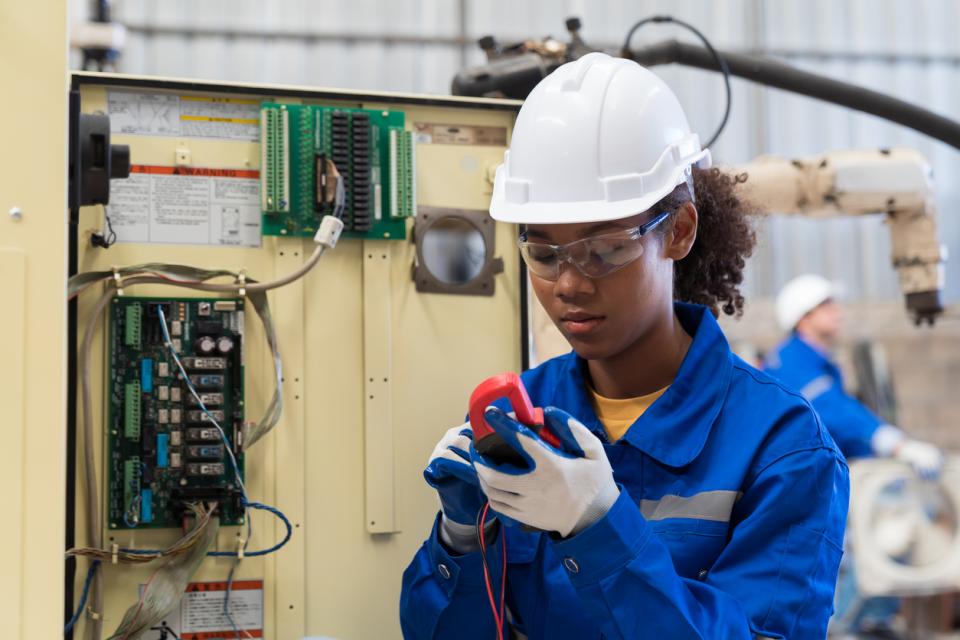This video will cover:
00:19 Why field experience is worth pursuing
00:59 Establishing learning objectives and strong partnerships
02:27 Providing structured guidance to students

This video will cover:
00:19 Why field experience is worth pursuing
00:59 Establishing learning objectives and strong partnerships
02:27 Providing structured guidance to students
Hi, my name is Donna-Maria Maynard. I’m a professor of psychology in the School of Education at the University of the West Indies. Today I’m going to talk to you about establishing a field experience course.
Now, we all know that field experience is invaluable to our students. It provides that real-world exposure and practical application of the theoretical knowledge that they’ve acquired, allowing them to engage in hands-on experiences within their chosen fields. It helps students develop essential skills, critical thinking abilities and problem-solving techniques, and it also – the field experience – fosters professional networking and a deeper understanding of industry practices, preparing students for successful careers after graduation. So today I’m going to share three key strategies with you.
First of all you have to identify specific learning objectives for students to achieve through the field experience. Make sure the objectives align with the course’s overall goals. For example, if you aim to develop practical skills such as data collection or editing and proofreading, clearly articulate these objectives to the students in the class syllabus and during the course orientation.
Second, establish strong partnerships with relevant organisations. Okay, so you need to research and identify potential partners that align with the course objectives and reach out through your professional networks, industry events or online searches.
You also want to introduce yourself, as well as your institution and course, explaining how the potential organisations and expertise can enhance student learning.
You want to arrange meetings and site visits to discuss collaboration details. And it’s important to define work scope, timelines and communication channels. Make sure that you maintain open lines of communication with organisation partners and students to address any issues, provide progress updates and seek feedback throughout the field experience.
And finally, you want to provide structured guidance and support because field experiences can be challenging for students. For many of them it might be the first time that they’re actually going into the world of work, in any form or fashion, and they’re navigating, or they can maybe be navigating, unfamiliar environments or facing complex tasks.
This can include activities such as pre-field experience orientation seminars, which can help prepare them, regular check-ins throughout the field experience, as well as debriefing sessions after the field experience has ended.
So you should create written work guidelines, communicate your expectations and the assessment criteria, and share them with students to help them understand what is required in the field experience course and how they will be evaluated. And you should also encourage your students to reflect on their field experiences and provide opportunities for them to share and discuss their insights with peers and instructors.
So, in summary, you can secure valuable field experience opportunities for your students by:
1) Clearly defining the course learning objectives;
2) Establishing strong partnerships; and
3) Providing structured guidance and support to partner organisations and students.
Remember to adapt and customise what I’ve shared with you today based on the specific requirements and context of your course and the partner organisations that are involved. Okay, so thank you, I appreciate your time and attention.
Donna-Maria Maynard is a professor of psychology in the School of Education at the University of the West Indies.
If you would like advice and insight from academics and university staff delivered direct to your inbox each week, sign up for the Campus newsletter.
comment